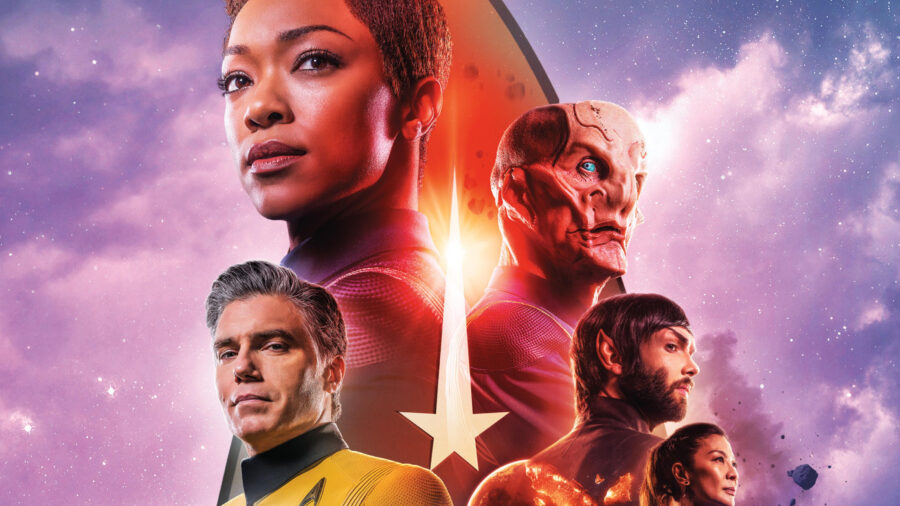Star Trek: Discovery Never Worked And It’s Because Of One Key Reason
Star Trek: Discovery never worked because it never embraced the core ideas that made Star Trek resonate with so many fans.

Recently, enterprising fans received the surprise news that the Paramount+ flagship show Star Trek: Discovery would be ending with its upcoming fifth season. This was not originally conceived as a final season for the show, meaning that the actors had to come back and shoot additional scenes to wrap things up, and actors and fans alike found themselves asking why this flagship show was getting unceremoniously canceled like this. But here’s a truth even blunter than Michael Burnham’s “Vulcan hello” … Star Trek: Discovery never fully worked because it never fully embraced the core ideas that made Star Trek resonate with so many fans from The Original Series to The Next Generation and beyond.
For example, the different producers (you might just get dizzy trying to keep track of everyone mentioned in the opening credits) seemed focused on poising Star Trek: Discovery as a more “adult” Trek, but this was primarily manifested in cringeworthy dialogue (Tilly was a big offender, here, giving us both the tone-deaf line “this is so f***ing cool” and the afterschool special-worthy line “this is the power of math, people”) and over-the-top violence (every shirt is a red shirt when this much blood is flowing). Frankly, adding blood and bad words to Star Trek is a child’s idea of what makes storytelling seem mature. And this problem was compounded by soap opera plots that often made the crew seem like overexcited teenagers rather than trained, competent professionals (which was how previous Star Trek series made its own stories seem mature).

On top of that, Star Trek: Discovery could seemingly never figure out whether it wanted to be intimately connected to canon or be doing its own thing. For example, making Burnham Spock’s secret human sister and having the crew run into Spock and the Enterprise made it seem like the show wanted to fully embrace the possibilities of being a Trek prequel. But it didn’t take long for the show to catapult our crew into the far future at the end of the second season, which helped explain certain plot problems (such as how the ship’s insanely-advanced propulsion technology would have been a game-changer for future Starfleet adventures) while creating other problems (like the fact that this crew can’t interact with anyone from other concurrent Star Trek shows even as the franchise is finally finding fun ways to connect characters, which we’ll see in the upcoming crossover between Lower Decks and Strange New Worlds).
Finally, even though Star Trek: Discovery was meant to be a return to classic Star Trek after J.J. Abrams tried to turn Trek into an action franchise with the 2009 film, this new series borrowed from the Abrams school of storytelling by turning every season into one long story built around a mystery whose payoff is always disappointing. Even fans who found themselves invested in these repetitive mysteries (spoilers: every season involves foiling a threat to the entire universe) eventually longed for the episodic storytelling of earlier Trek, which is one of many reasons so many fans love Strange New Worlds. In that sense, we might look at modern Trek like making pancakes: sometimes, you have to burn one or two before getting things right, and just as Star Trek: Picard had to have two awful seasons before getting things somewhat right, Discovery had to crash and burn so that we could enjoy the further adventures of Anson Mount’s Captain Pike and his impossibly beautiful hair.












